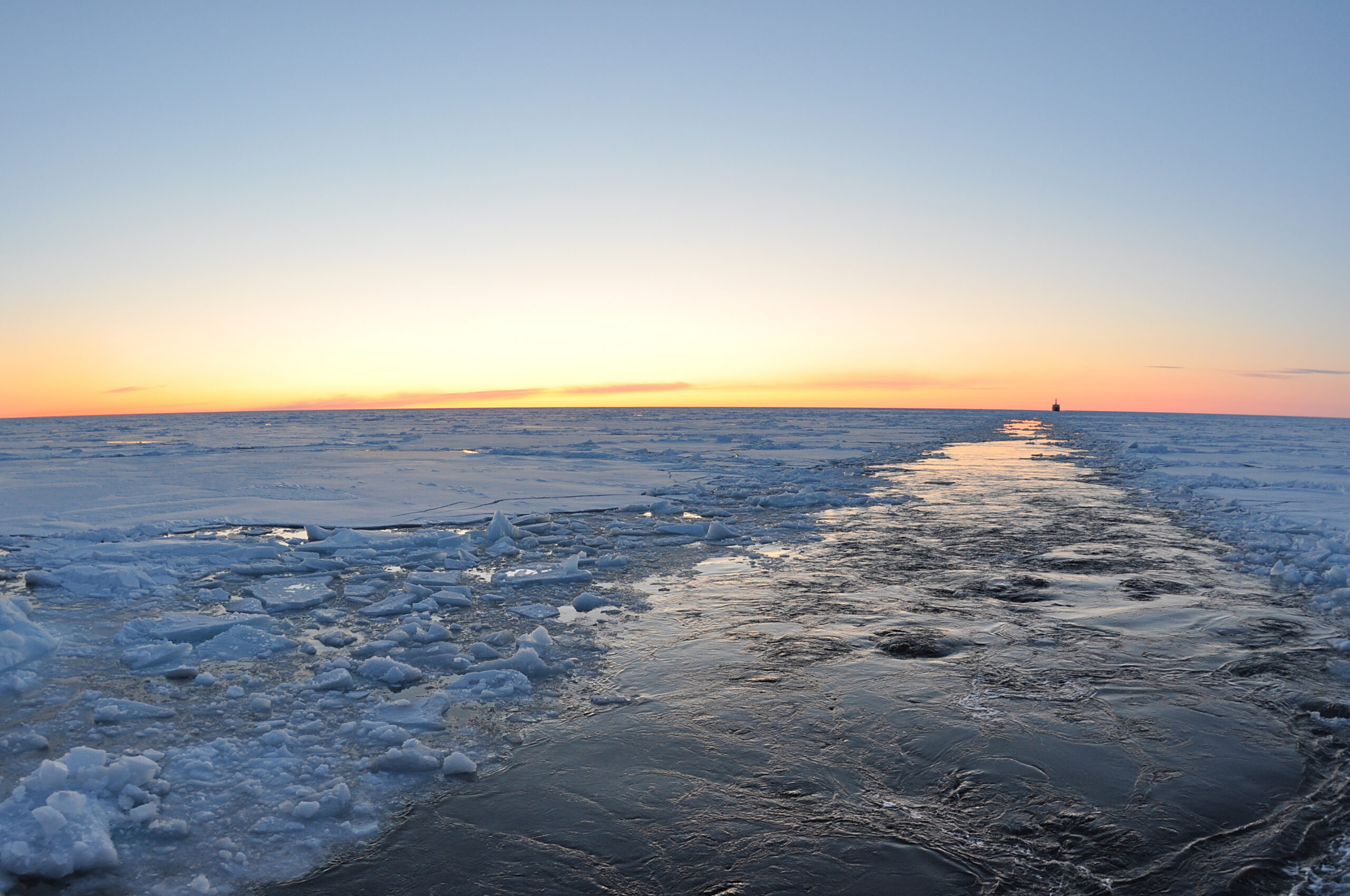Take it Slow: Reducing Ship Speeds Helps Whales and Our Climate
Whales are a critical part of a healthy ocean ecosystem—here’s how you can help

Few animals capture the imagination like the thirteen species of great whales, but only recently have we really considered how crucial their conservation is to our fight against climate change. As the International Maritime Organization (IMO) meets this week in London, Ocean Conservancy is working as part of the Clean Shipping Coalition to persuade delegates to adopt a critical measure that would reduce ship speeds. By doing so, we can both address the sector’s staggering greenhouse gas emissions and help these remarkable animals play their part in protecting our ocean and climate.
To understand how whales like Hawaii’s humpbacks or Alaska’s bowheads affect the climate, it’s worth considering how far they travel in their lives. Whales are dynamic creatures, often swimming thousands of miles in their migrations, or diving deep in our ocean to feed before surfacing for a breath. Each of these movements spreads nutrients around our ocean as whales expel what scientists refer to frankly as “fecal plumes.” These vast waste clouds are a prime source of food for phytoplankton, the key building block to ocean ecosystems, and the plant life responsible for half the oxygen on the planet. By pumping these nutrients to the surface, whales help stimulate a system that captures the CO2 equivalent to four Amazon rainforests.
Then there are the whales themselves. Like all marine animals, whales absorb carbon over the course of their lives. Since larger, longer-lived organisms can naturally contain more carbon, great whales like blue whales (the largest organism to ever exist) are some of the best natural carbon sinks we could hope for. On average, each great whale holds 33 tons of carbon in their own body. When they die, whales fall to the seafloor, pulling this carbon from the atmosphere and sequestering it. It’s an amazing cycle, one that we are only recently recognizing for its full potential. If great whale populations recovered to their historic abundance, they could potentially sequester 1.7 billion tons of CO2 each year. Roughly speaking, that’s more than Japan emits in a year. 
Unfortunately, that same dynamic nature is also what often puts whales at risk from our own manmade leviathans. More than 90 percent of worldwide goods are shipped by large cargo vessels. In places like southern Sri Lanka, or along the west coast of California, where migrating great whales and vessel traffic overlap, fatal strikes are a common occurrence. Maritime trade is also a noisy business. Commercial shipping vessels (especially the largest 15 percent of the global fleet) are a major contributor to underwater noise and if left unchecked, their impact could double by 2030. All this noise can mask whale songs, making it harder for them to find mates, search for food or detect potential predators.
This brings me back to the IMO’s meeting this week, and a possible solution for the whales and the climate. Ships are one of the biggest unchecked sources of greenhouse gas emissions on the planet. If the industry were a country, it would be the sixth-largest emitter of planet-warming emissions, on par with Germany or Japan.
Ironically, the quickest solution to reduce the sector’s impact on whales and the climate is to slow ships down. By reducing speeds just 20 percent across the global fleet, shipping-related climate emissions would drop an estimated 34 percent, with even greater emissions reductions if speeds were reduced by 30 percent. The same 20 percent reduction in ship speeds could reduce underwater noise from a vessel by two thirds, and reduce fatal ship strikes by as much as 78 percent. This particular solution isn’t an expensive option for shippers or consumers. During the 2008 Recession, many shipping companies themselves reduced speeds to save on fuel costs. Simply making this effort an industry regulation could take some of the heat off of us all.
Slower speeds will not solve all of our problems, but it could be the first step towards meeting the goals laid out in the IMO’s Initial Strategy for Reduction of GHG Emissions from Ships. While the strategy calls for reducing total climate change emissions by at least 50 percent by 2050, full decarbonization is essential as soon as possible. That will require new fuels like ammonia or hydrogen in addition to all the power that wind, solar and other novel sources might provide.
I joined Ocean Conservancy two months ago as Shipping Emissions Campaign Manager to protect our ocean and climate, and it is clear that will require mobilizing all the resources we can. Considering the value each great whale has to the climate, slowing down just makes sense for everyone—both above and below our ocean’s surface.
Let the IMO know you want them to take action on shipping’s climate impact today.